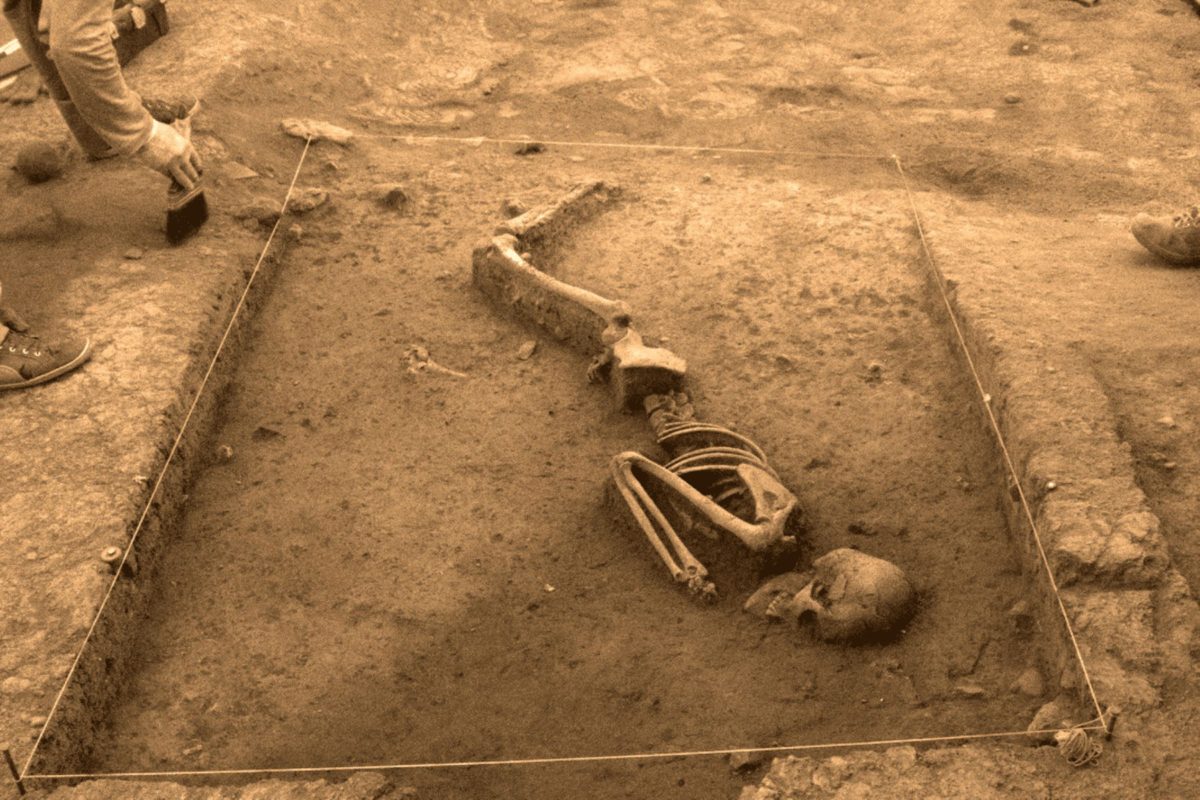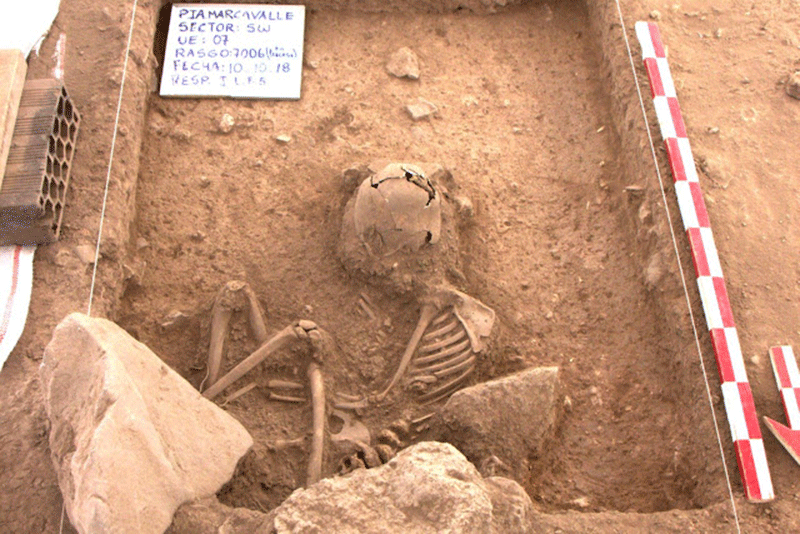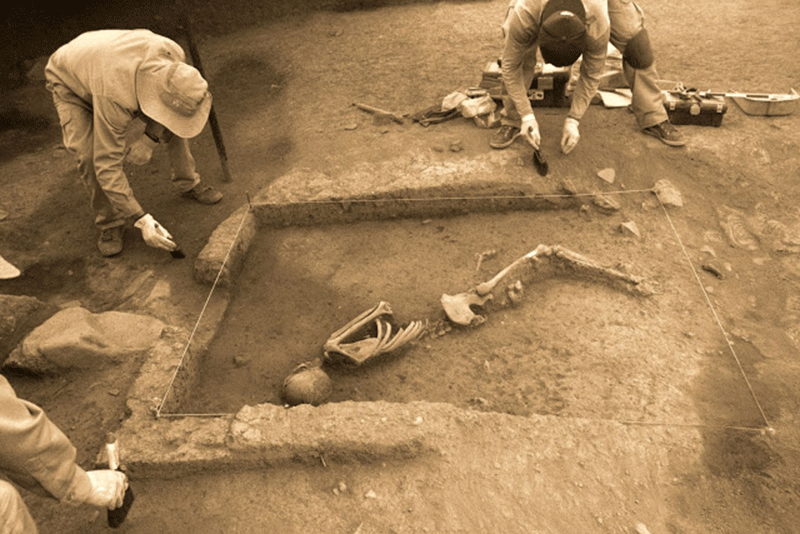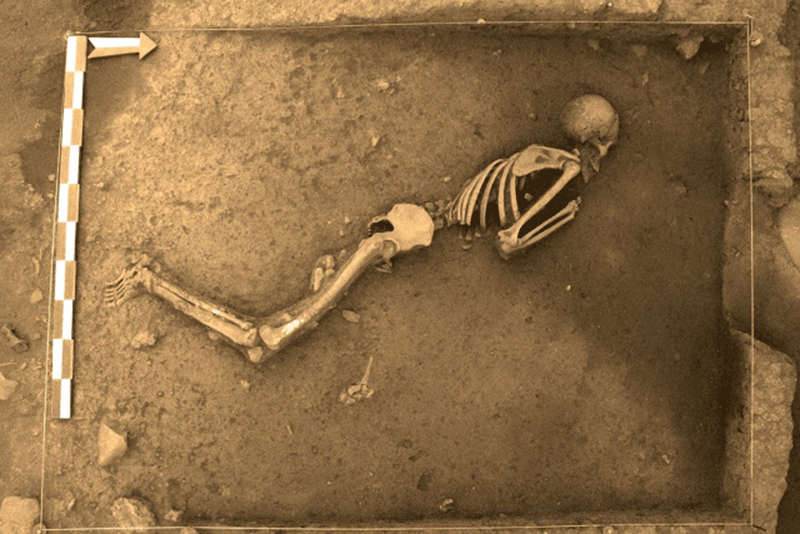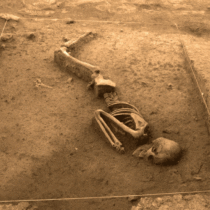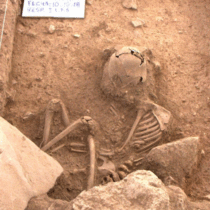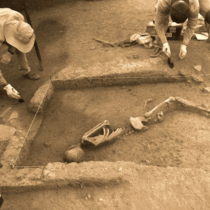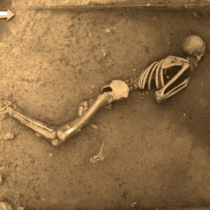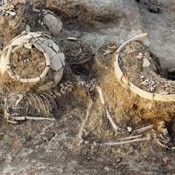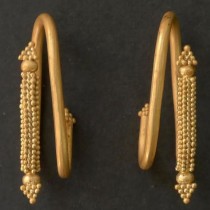Two burials uncovered in Cusco, Peru, are 3,000 years old researchers say, perhaps the first human burials in the region.
The discovery was made by experts from the Decentralized Culture Directorate of Cusco as part of a project led by Luz Marina Monrroy. Excavations took place in Marcavalle, an archaeological site located in the Cusco region of the Southern Andes.
Researchers found two human burials, the first of a rather young individual under 20. The body was bent and a stone structure had been constructed around it. Cephalic modifications had been made to it and a perforated golden circular plate was linked to the skull, probably used as an ornament.
Another burial comprised the complete skeleton of another young person, lying on its side just a few metres away from the first one. Cultural items found near the skeleton also comprised obsidian pieces.
The discoveries are dated to c. 1,000 BC, namely they are the oldest ones excavated in Cusco’s Valley so far. At another excavation site a similar discovery was made: archaeologists uncovered the oldest burial of a South American camelid in Cusco, an alpaca, perhaps part of a sacrifice, in a circular well.
Among other discoveries from the five excavation sites in the area were a lithic workshop and the ruins of a building comprising chambers, stone walls and what was left of an elevated platform.
Mobile items included decorated and painted pottery decorated with incisions depicting faces, bone instruments, farming products (carbonised residues), and stone mortars.
The project will carry on until the end of the year. The DDCC and Cusco’s Superior Justice Court have signed an agreement to protect Marcavalle’s cultural heritage.
